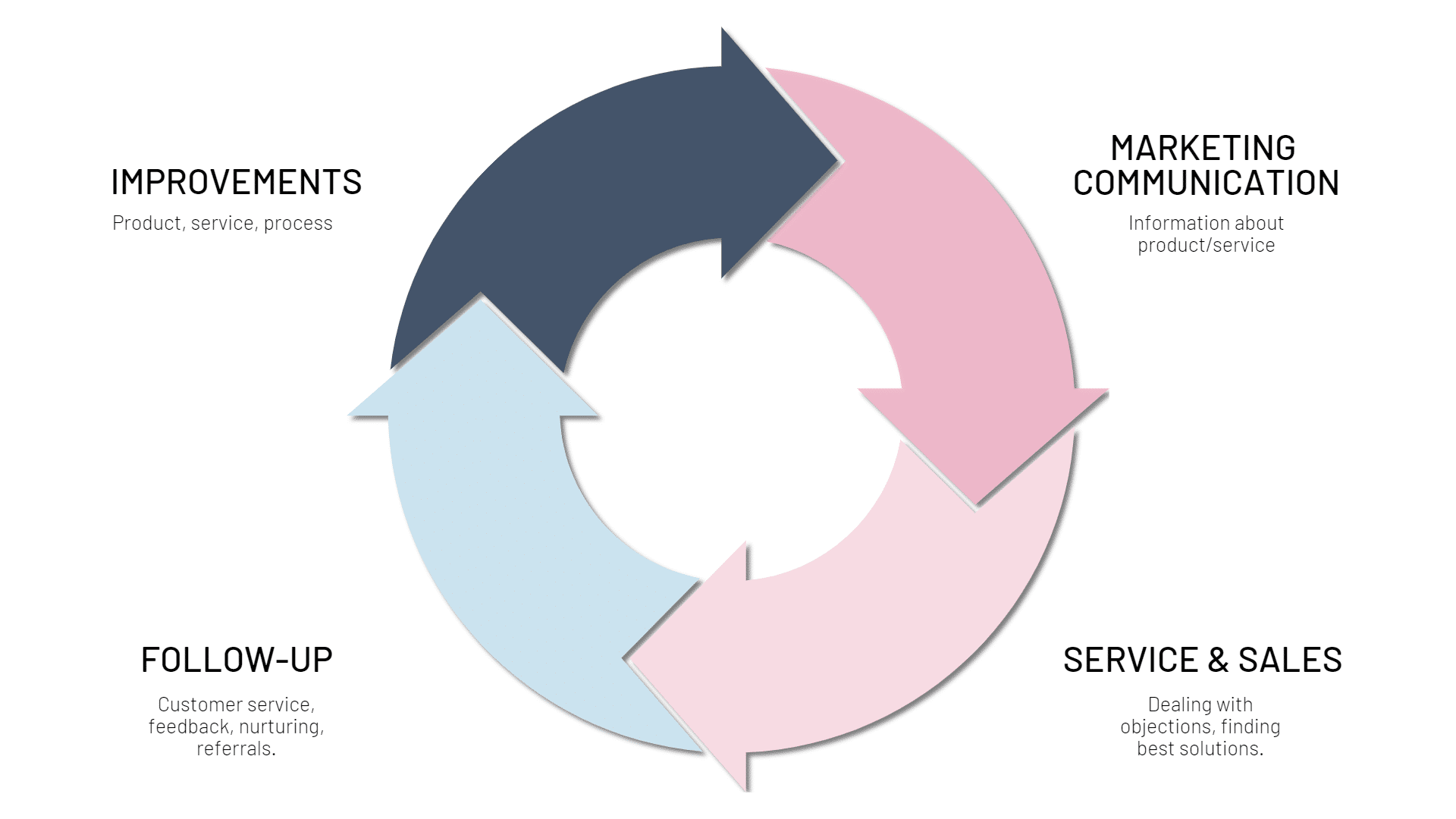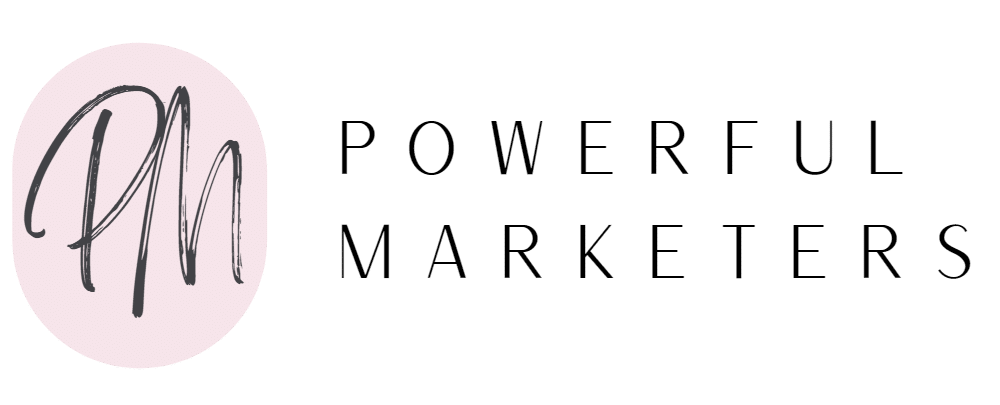All businesses belong in the service sector, regardless of the specific product or service that they offer. The competition is intense, which means that most of all we compete for people's time and attention, and the general quality of your customer service either gives your business an advantage or not. In this blog post, we take a look at the 4 most important milestones of any customer’s journey that always need to be tracked, developed, and managed so that sales and marketing can work together to deliver the best results. This article by Mari-Liis Vaher was first published in the September 2021 issue of the leadership magazine Director.
Classically, a customer journey includes all the points of contact that a customer has with a single business, product or service. Let’s call it communication in general – everything that a potential customer hears, notices, experiences, knows and reads about the business belongs in this category.
It is important to know that this journey begins long before the customer actually purchases our product or service. This can start, for example, with a conversation with an acquaintance (can be both positive and negative), seeing an advertisement, or hearing about your business at a conference, and so on.
This includes any direct or indirect communication with both your new and existing customers. This is where we can do a lot with marketing: share useful, inspiring and interesting content with a consistent density and frequency. Marketing channels to use can be online (website, social media, advertising, PR) or offline (location-based ads, conferences), as well as direct communication (customer service, sales, partners, subcontractors, etc.)
If the first contact (communication) with the company arouses interest, the journey continues with service.
This includes the servicing of all the existing and new customers, including the sales process. A good salesperson knows that his or her role is to help the customer reach the best decision and solution to meet customer's needs and interests. All employees in the company who come into contact with the customer have an important role to play here, and everyone must aim to provide the best customer experience.
If sales and customer service do a good job, the next point of contact on the customer journey is the follow-up. These activities may include, but are not limited to, asking for feedback to improve your processes, automating feedback collection, organizing customer events, or otherwise involving them.
For example, customer feedback forms or customer service evaluation systems can be used (for example, the ability to evaluate the sales team online). This also includes the return process, warranty and other promises made to the customer. It is important to provide your existing customers with first-class information before releasing it to the rest of the world.
Invest in creating an experience that in turn builds stronger relationships with your customers.
You will sooner or later start to see patterns in the feedback that you gather through interacting with your customers. This allows you to identify valuable areas for improvement and compile a list of issues that are important to your customers. Invest the time you need to create viable solutions.
Doing that will, in turn, lead to communication, ie sharing relevant information with your existing customers about new products, new discounts or other ways you have improved the past experience. People feel valued if they are remembered and considered.

Customer journey flywheel from the Powerful Marketer Program
